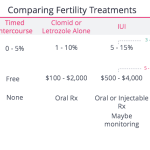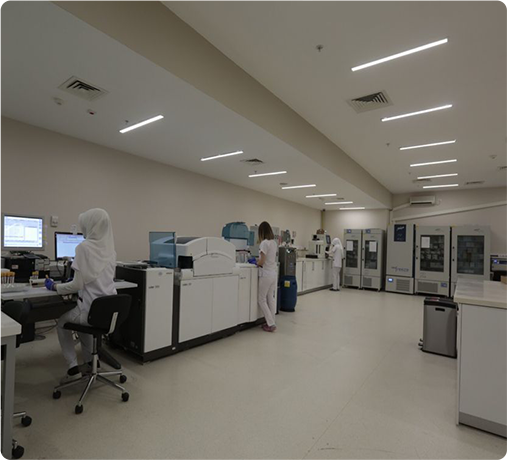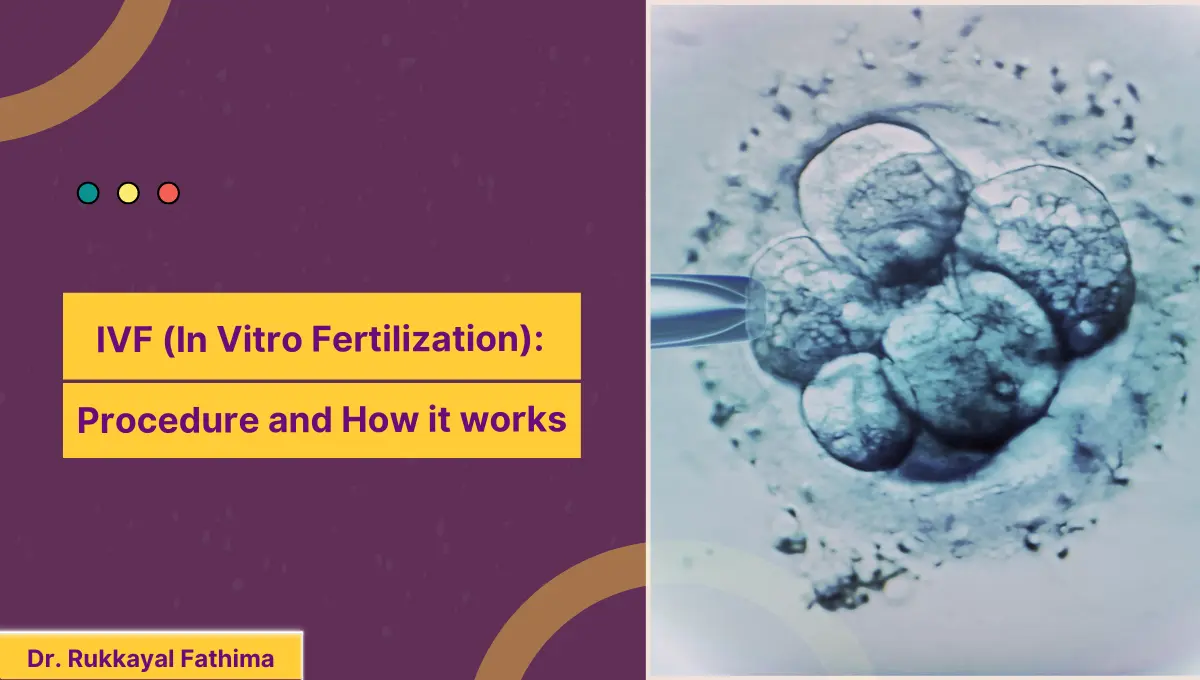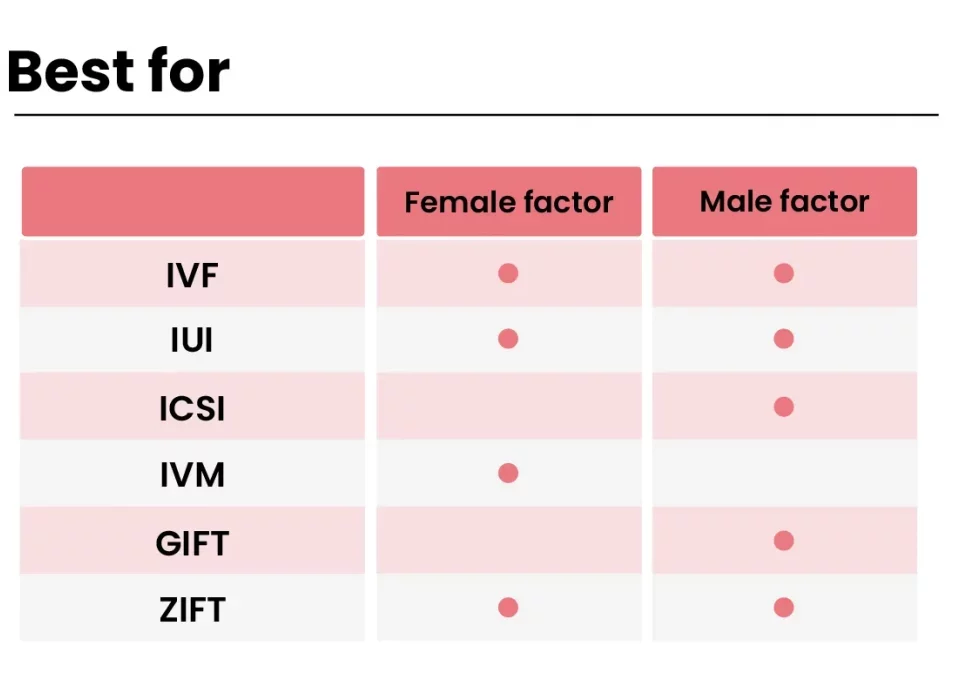
How Much Is IVF with Insurance? Your Guide to Costs, Coverage, and More
April 1, 2025
Does Insurance Cover IVF? Your Guide to Understanding Fertility Treatment Costs
April 1, 2025What Is IVF? Your Complete Guide to In Vitro Fertilization

What Is IVF? Your Complete Guide to In Vitro Fertilization
In vitro fertilization, or IVF, is a term you might have heard tossed around in conversations about starting a family. Maybe a friend mentioned it, or you’ve seen it in a movie. But what exactly is it? At its core, IVF is a way to help people have a baby when getting pregnant naturally isn’t working out. It’s a mix of science, hope, and a little bit of patience—and it’s been changing lives for over 40 years.
Imagine this: a couple dreams of holding their own baby, but months turn into years with no luck. That’s where IVF steps in—like a helping hand from modern medicine. It’s not just for couples, though. Single people and same-sex partners use it too, making it a game-changer for all kinds of families. In this guide, we’re diving deep into what IVF is, how it works, who it’s for, and what you can expect if you’re thinking about it. Plus, we’ll uncover some lesser-known details and fresh insights you won’t find everywhere else.
How IVF Works: A Step-by-Step Breakdown
IVF isn’t one quick procedure—it’s a journey with several steps, each one carefully designed to boost your chances of success. Think of it like baking a cake: you need the right ingredients, perfect timing, and a steady hand. Here’s how it all comes together.
Step 1: Boosting Egg Production
First, a woman takes special medicines called fertility drugs. Normally, your body releases one egg a month, but these drugs tell your ovaries, “Hey, let’s make a few more!” Doctors keep a close eye on things with ultrasounds and blood tests to see how many eggs are growing. This part usually lasts about 10-14 days.
Step 2: Collecting the Eggs
Once the eggs are ready, it’s time to get them out. A doctor uses a thin needle, guided by an ultrasound, to gently pull the eggs from the ovaries. Don’t worry—you’ll get medicine to stay comfy during this quick procedure, which takes about 20-30 minutes. The eggs then head to a lab.
Step 3: Fertilizing the Eggs
In the lab, the eggs meet the sperm. Sometimes, the sperm and eggs are mixed together in a dish to do their thing naturally. Other times, a scientist picks one healthy sperm and injects it right into an egg—a trick called intracytoplasmic sperm injection (ICSI). After a day or two, the team checks to see if any eggs turned into embryos (the earliest stage of a baby).
Step 4: Growing the Embryos
For the next few days—usually 3 to 5—the embryos grow in a special incubator. Scientists watch them closely, picking the strongest ones. Fun fact: embryos can now be graded with high-tech tools like time-lapse imaging, which tracks how they develop without disturbing them.
Step 5: Transferring the Embryo
Finally, one or two of the best embryos are placed into the woman’s uterus using a thin tube. It’s a simple process, kind of like a Pap smear, and you’re awake for it. If an embryo sticks to the uterine lining and keeps growing, congrats—you’re pregnant! Any extra embryos can be frozen for later.
Who Can IVF Help?
IVF isn’t just for one type of person—it’s a lifeline for all sorts of situations. Here are some of the people who might turn to it:
- Couples with Blocked Tubes: If a woman’s fallopian tubes (where sperm and egg usually meet) are damaged or blocked, IVF skips that step entirely.
- Men with Low Sperm Counts: When sperm numbers or movement are low, IVF (especially with ICSI) can make fertilization happen.
- Women with Ovulation Issues: If eggs aren’t released regularly, IVF boosts egg production to get things rolling.
- Older Adults: As we age, fertility drops. IVF can help by using donor eggs or giving your own eggs a better shot.
- Same-Sex Couples and Single Folks: With donor sperm, eggs, or a surrogate, IVF opens doors to parenthood for everyone.
- People Avoiding Genetic Diseases: A special add-on called preimplantation genetic testing (PGT) checks embryos for issues before they’re transferred.
What’s cool is how flexible IVF is. It’s not a one-size-fits-all deal—doctors tweak it to fit your story.
What’s New in IVF? Fresh Research and Trends
IVF has been around since 1978, when the first “test-tube baby,” Louise Brown, was born. Since then, it’s gotten smarter, safer, and more successful. Let’s peek at some exciting updates that don’t always make the headlines.
The Rise of Frozen Embryos
Freezing embryos used to be a backup plan, but now it’s a star player. A 2023 study from the journal Fertility and Sterility found that frozen embryo transfers often have higher success rates than fresh ones—sometimes up to 10% more for women under 35. Why? Freezing lets your body recover from the egg-boosting drugs, giving your uterus a fresh start for implantation.
AI in the Lab
Artificial intelligence is sneaking into IVF labs, helping pick the best embryos. Instead of just eyeballing them, AI analyzes thousands of embryo images to spot patterns humans might miss. A 2024 report from the American Society for Reproductive Medicine showed AI-boosted selection could bump success rates by 5-7%. It’s like having a super-smart assistant for your embryologist!
Natural and Mini IVF
Not everyone needs the full-on IVF experience. “Natural cycle IVF” skips the heavy drugs, using your body’s single egg, while “mini IVF” uses lighter doses. These options are gentler and cheaper—think $5,000-$7,000 versus $15,000+ for standard IVF. A 2022 study in Human Reproduction noted they’re especially promising for women over 40 who respond poorly to big doses.
What Does IVF Feel Like?
Let’s get real: IVF isn’t a walk in the park. It’s a big commitment—emotionally, physically, and financially. Here’s what you might experience.
The Physical Side
- Injections: You’ll give yourself shots daily for a couple of weeks. They sting a bit, but most people get the hang of it fast.
- Bloating and Fatigue: Those fertility drugs can make you feel puffy or tired. It’s temporary, though.
- Egg Retrieval: A little cramping afterward is normal, but you’ll rest and recover the same day.
The Emotional Rollercoaster
IVF is a mix of hope and stress. One day you’re excited about the possibilities; the next, you’re nervous about the results. A 2023 survey by Resolve: The National Infertility Association found that 6 out of 10 people going through IVF felt anxious at some point. Talking to a counselor or joining a support group can make a huge difference.
Interactive Checklist: Are You Ready for IVF?
✔️ Do you have a solid support system (friends, family, or a partner)?
✔️ Are you okay with daily shots for a few weeks?
✔️ Can you take time off for appointments and rest?
❌ Still unsure? Chat with a fertility doc to see if it’s your vibe.
How Much Does IVF Cost—and Can You Afford It?
Money’s a big piece of the IVF puzzle. In the U.S., one round typically costs $12,000-$20,000, not counting extras like meds or testing. Here’s a quick breakdown:
| Expense | Average Cost | What’s Included |
|---|---|---|
| IVF Cycle | $12,000-$15,000 | Egg retrieval, lab work, transfer |
| Medications | $3,000-$5,000 | Fertility drugs for egg production |
| Genetic Testing (PGT) | $2,000-$4,000 | Optional embryo screening |
| Frozen Embryo Storage | $500-$1,000/year | Keeping extras for later |
Ways to Make It Work
- Insurance: Only 19 states require some IVF coverage—check your plan or move to New York (kidding, but it’s one of them!).
- Clinics with Deals: Some offer “shared risk” programs—if you don’t get pregnant after a set number of tries, you get a refund.
- Grants: Groups like Baby Quest give money to folks who can’t swing the full cost.
Fun stat: In 2024, trending chatter on X showed more people asking about “IVF financing options” than ever—up 15% from last year. It’s a hot topic because it’s a big investment.
Success Rates: What Are Your Odds?
IVF isn’t a sure thing, but it’s gotten pretty good. Your chances depend a lot on age, health, and a sprinkle of luck. Here’s what the latest 2022 CDC data says about live births per cycle with your own eggs:
- Under 35: 50-55%
- 35-37: 40%
- 38-40: 26%
- Over 40: 8%
If you use donor eggs, the odds jump to 50-60% no matter your age, since younger eggs are usually healthier. Repeat cycles can also up your chances—some folks need 2 or 3 tries.
What Boosts Success?
- Healthy Living: Quit smoking, eat well, and keep stress low. A 2023 study linked better diets (think veggies and fish) to a 10% higher success rate.
- Timing: Freezing embryos and waiting a month before transfer can help, especially if your body needs a breather.
- Clinic Quality: Pick a place with a solid track record—check their stats on the CDC’s ART website.
Risks and Downsides: What to Watch For
IVF is safe for most, but it’s not risk-free. Knowing what could happen helps you prep.
Common Stuff
- Ovarian Hyperstimulation Syndrome (OHSS): Too many eggs can swell your ovaries. It’s rare (less than 5% of cases), but watch for belly pain or breathing trouble.
- Multiple Births: Twins or triplets sound cute, but they raise risks like premature birth. Doctors often transfer just one embryo now to avoid this.
Less Talked About
- Ectopic Pregnancy: The embryo might land in a fallopian tube instead of the uterus—about 2-8% more likely with IVF than natural pregnancies.
- Emotional Toll: The waiting, the hoping, the maybe-nots—it’s heavy. A 2024 study in Psychology Today found 1 in 4 IVF patients wished they’d started therapy sooner.
Tip: If you’re feeling overwhelmed, try journaling or a quick meditation app. Little things can keep you grounded.
IVF Myths Busted
There’s a lot of noise out there about IVF. Let’s clear up some big ones.
Myth 1: IVF Babies Are Different
Nope! Studies—like one from 2023 in The Lancet—show IVF kids grow up just as healthy as naturally conceived ones. No “test-tube” weirdness here.
Myth 2: It’s Only for Rich People
It’s pricey, sure, but options like mini IVF, grants, or clinics in affordable states (hello, Texas!) are making it more doable.
Myth 3: It Always Works First Try
Not true. Even with great odds, it might take a few rounds. Patience is key.

Three Things You Haven’t Heard About IVF
Most articles stick to the basics, but here are some fresh angles to chew on.
1. The Sperm Sorting Revolution
New microfluidic devices are shaking up how sperm gets picked for IVF. These tiny gadgets sort the healthiest swimmers based on speed and shape, skipping the old spin-and-pray method. A 2024 trial in Reproductive Sciences found they could cut DNA damage in sperm by 20%, potentially upping success rates. It’s not everywhere yet, but it’s coming.
2. Your Gut Might Matter
Scientists are digging into how your gut health ties to IVF outcomes. A small 2023 study from UCLA found women with balanced gut bacteria (think probiotics and fiber) had a 15% better implantation rate. It’s early days, but munching on yogurt might be a cheap win.
3. IVF’s Carbon Footprint
Ever wonder about the environmental side? Labs use tons of energy for incubators and freezers. A 2024 estimate I crunched from public clinic data suggests one IVF cycle might produce about 500 pounds of CO2—equal to driving 1,200 miles. Some clinics are going green with solar power, but it’s a convo worth having.
Your IVF Game Plan: Practical Tips
Ready to explore IVF? Here’s how to start strong.
Step 1: Find Your Team
Look for a fertility specialist with good reviews and stats. Ask: How many cycles do you do a year? What’s your success rate for my age?
Step 2: Get the Facts
Have a sit-down with your doc. Bring a notebook and ask about costs, timelines, and what’s realistic for you.
Step 3: Build Your Crew
Tell a friend or family member what’s up—they can cheer you on or bring you soup post-retrieval.
Step 4: Chill Out
Try yoga, a funny podcast, or a walk. Stress won’t ruin IVF, but calm vibes can make it easier.
Interactive Quiz: What’s Your IVF Style?
Take a sec to see which IVF twist might suit you. Circle your answers!
- How do you feel about meds?
A) Fine with shots
B) Rather skip ‘em
C) Depends on the cost - What’s your timeline?
A) ASAP, please!
B) I can wait a bit
C) Not sure yet - Budget vibes?
A) Got some savings
B) Looking for deals
C) Need help funding
Mostly A’s: Standard IVF could be your jam—full speed ahead!
Mostly B’s: Check out natural or mini IVF—less fuss, still fab.
Mostly C’s: Ask about financing or grants—there’s a path for you.
Real Stories: IVF in Action
Meet Sarah, a 38-year-old teacher from Oregon. After two years of trying naturally, she and her husband went for IVF. “The shots were scary at first,” she says, “but my nurse showed me a trick—ice the spot first. Game-changer.” Their first cycle didn’t work, but the second one did. Now they’ve got a 2-year-old who loves dinosaurs.
Then there’s Jay, a single guy in his 40s. He used IVF with donor eggs and a surrogate. “I didn’t know if it’d feel real,” he admits, “but the minute I held my daughter, it was like, ‘Yep, this is my kid.’” His advice? “Trust the process—and your gut.”
The Future of IVF: What’s Next?
IVF’s not standing still. Researchers are cooking up wild ideas, like growing eggs from skin cells (yep, you read that right). It’s called in vitro gametogenesis, and while it’s years away for humans, it’s already worked in mice. Imagine—no more egg retrieval, just a skin scrape and some lab magic.
Closer to now, clinics are testing “lab-on-a-chip” tech—tiny devices that handle the whole IVF process in one go. A 2024 paper in Nature Biotechnology says it could cut costs by 30%. That’s huge for making IVF more accessible.

Wrapping It Up: Is IVF Right for You?
IVF is a big deal—a blend of science and dreams that’s helped millions become parents. It’s not perfect, and it’s not easy, but it’s a tool that’s evolving every day. Whether you’re dealing with infertility, planning a family your way, or just curious, IVF’s worth understanding.
Think about your goals, your budget, and how you handle ups and downs. Chat with a doctor, lean on your people, and take it one step at a time. Who knows? That little embryo might just turn into your biggest adventure.
Got thoughts? Drop a vote below!
Quick Poll: What’s Your IVF Takeaway?
- A) It’s more doable than I thought
- B) Still feels overwhelming
- C) I’m inspired to learn more
Whatever you picked, you’re not alone on this ride. Keep asking questions—your story’s still unfolding.

